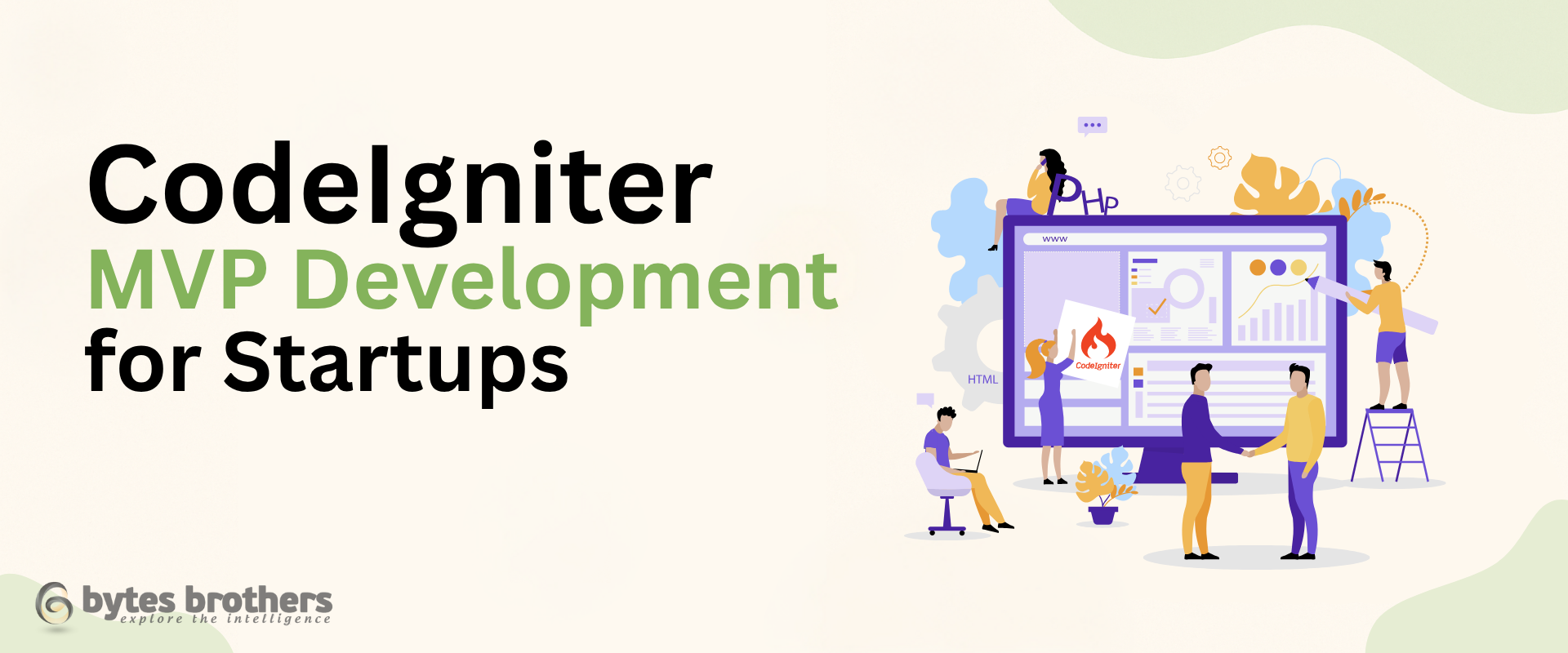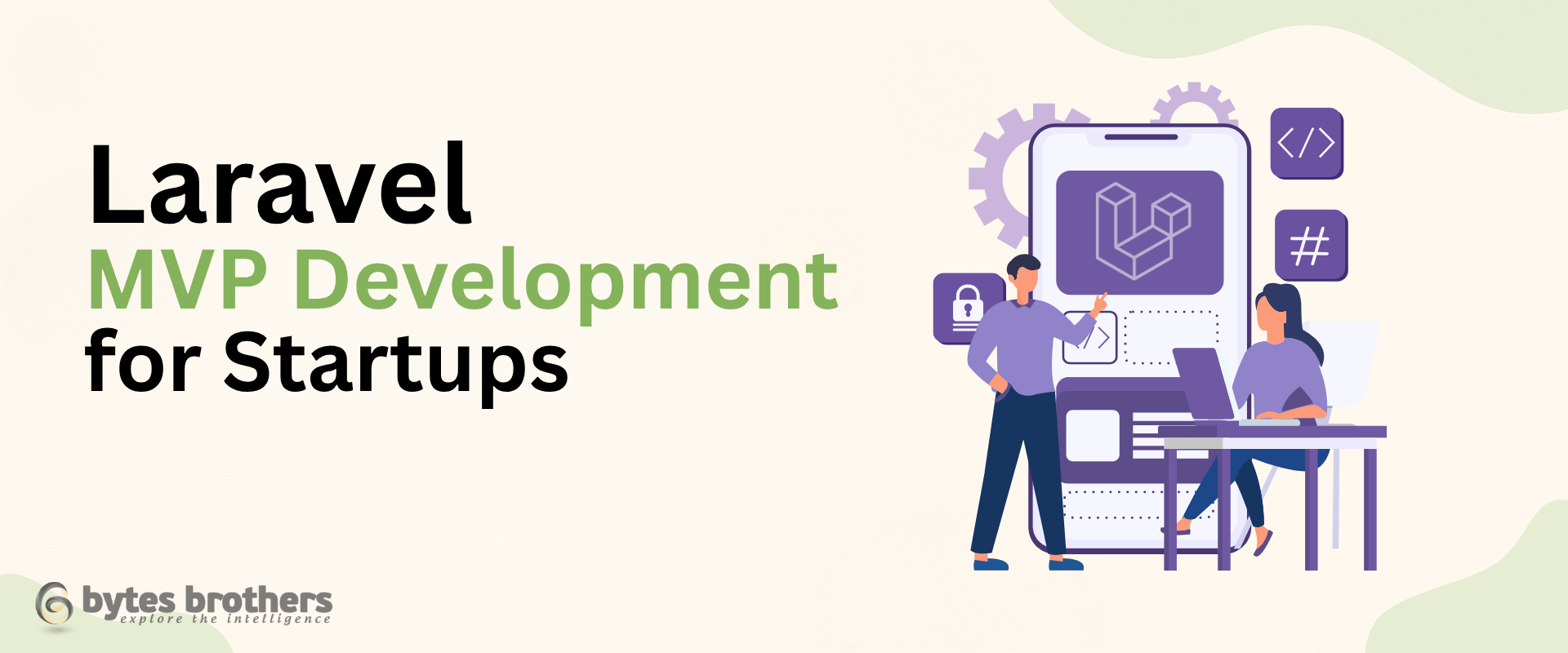Key Takeaways:
- Understand key steps for efficient MVP development for startups
- Learn why CodeIgniter is ideal for lean MVPs with quick time-to-market
- Discover how to leverage CodeIgniter rapid application development tools
- See real-world MVPs launched using CodeIgniter
- Explore our support for startup product teams
Why CodeIgniter Is Ideal for MVP Development
For early-stage startups, time and resource constraints are real. You need a framework that lets you test your core idea with minimal overhead. CodeIgniter offers an efficient path to building and launching MVPs fast, thanks to its lightweight structure, straightforward configuration, and built-in libraries.
The Power of CodeIgniter for Lean MVPs
1. Lightweight and Performance-Optimized
CodeIgniter is known for its speed. With minimal installation and no reliance on complex dependencies, developers can start building immediately-critical for early validation.
2. Simple and Scalable Architecture
CodeIgniter uses a modular MVC approach, which keeps code organized and scalable. You can extend your MVP into a full product without major refactoring.
3. Built-In Tools for Rapid Application Development
Features like form validation, session management, and database abstraction allow startups to focus on product logic rather than low-level functionality.
This makes CodeIgniter rapid application development an ideal path for startups trying to stay agile and lean.
How to Build a Lean MVP with CodeIgniter
Step 1: Define Your Startup’s Core Offering
Every successful MVP starts with focus. Choose a single, high-impact feature that reflects your startup’s value. For instance, a fintech startup might begin with a simple budgeting dashboard rather than full financial tracking.
Step 2: Set Up a CodeIgniter Environment
Download the latest CodeIgniter version and configure your environment locally or via shared hosting. The framework runs well even in constrained server setups, which can save cost during early testing.
Step 3: Implement Core Features
Here’s a basic setup for common MVP needs:
- User Authentication: Use CodeIgniter’s session library and Ion Auth package
- Form Handling: Leverage CodeIgniter’s form helper and validation tools
- Database Integration: Connect via CodeIgniter’s Query Builder or Active Record
- RESTful APIs: Build API endpoints using custom controllers and routes
Step 4: Test and Iterate Quickly
Deploy your MVP using shared hosting, Cloudways, or DigitalOcean. Use feedback tools like Google Analytics or Crisp for user behavior insights. Iterate weekly to refine features.
Real-World Example: CodeIgniter MVP Success
A logistics startup partnered with BytesBrothers.com to develop a fleet management MVP. Using MVP development for startups best practices, we:
- Built a driver check-in system with real-time location updates
- Integrated Google Maps API and SMS notifications
- Delivered a deployable MVP in 3.5 weeks
- Supported the client through their pitch to angel investors
The MVP helped them secure early funding and scale their operations to 200+ active users.
Why BytesBrothers.com for CodeIgniter MVPs?
We specialize in lean product development for startups. Our team uses CodeIgniter rapid application development to shorten timelines without sacrificing quality. From strategy to launch, we collaborate closely with founders to reduce risk and build with confidence.
Explore our SaaS MVP development services to learn how we support tech-forward startups.
Start Your CodeIgniter MVP with Confidence
If you’re a founder or decision-maker looking to validate your product idea quickly, our team can help. We offer a free consultation to scope your MVP, identify the right tech stack, and get your product in users’ hands faster.
Schedule Your Free MVP Consultation Today
Let’s build lean and launch smart.


